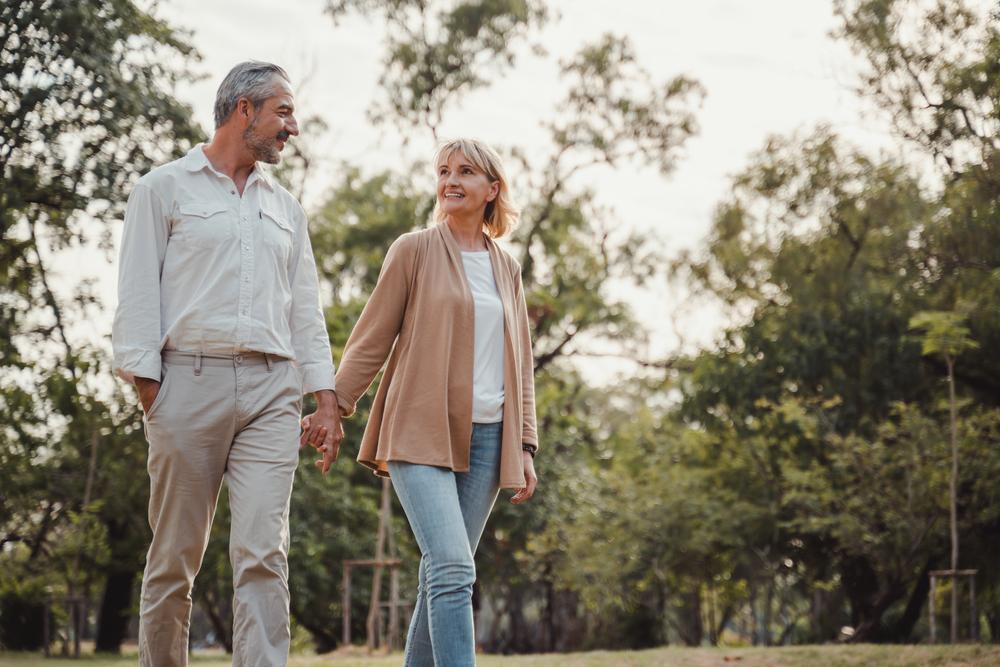Those aching joints. The pain can stem from several causes. But in some cases, you may be able to improve your condition simply by changing some habits.
- Move more
- Lose weight
- Be mindful of your movement
- Reduce your intake of inflammatory foods.
The human body is a wonder to behold, but pain can make it tedious, debilitating, and sometimes unbearable.
About a quarter of adults suffer from arthritis—a catch-all term describing aching hands, knees, or other sore joints. However, the underlying cause of arthritis can vary.
The most common cause is called osteoarthritis. This is a condition where tissue in the joint actually wears out. The soft, spongy cartilage that makes for smooth, friction-free movement can erode over time, resulting in pain and stiffness.
Prevalence of arthritis increases with age, but it’s far more common among adults with other chronic health issues, such as cardiovascular disease, diabetes, or obesity.
Since the 1940s, arthritis rates have doubled, and scientists aren’t exactly sure why. Extended life expectancy and the rise in chronic health issues in recent decades explain some contributing factors, but not all.
One reason for the increase may be a decline in physical activity. Joints can wear out, but it may be due to underuse rather than overuse. In the modern world, joints just don’t see the same mileage they did in generations gone by. According to statistics from the U.S. Centers for Disease Control (CDC), people who get the recommended dose of daily exercise are less likely to suffer from arthritis.
It may seem counter-intuitive, because you’re less likely to want to exercise if your joints hurt. However, experts say that movement matters, as regular physical activity can reduce pain and improve joint function.
“Movement is not the enemy,” says Kelby Kaplan, a physical therapist and assistant professor of physical therapy at Nova Southeastern University in Ft. Lauderdale, Florida. “Many people stop all activity or greatly limit their activity in the presence of joint pain. However, performing motions (or even partial motions) and activities that are not painful will help prevent joint stiffness and promote joint lubrication.”
Conversely, not moving an affected joint enough will lead to stiffness, which can ultimately lead to more pain.
While incidents of arthritis commonly increase with age, Kaplan says it doesn’t have to.
“Pain is not a normal response or expected with aging,” she said. “Don’t assume that your advancing age should come with joint pain. You don’t just have to ‘live with it” because you think you are of an age where you should have arthritis or pain.






